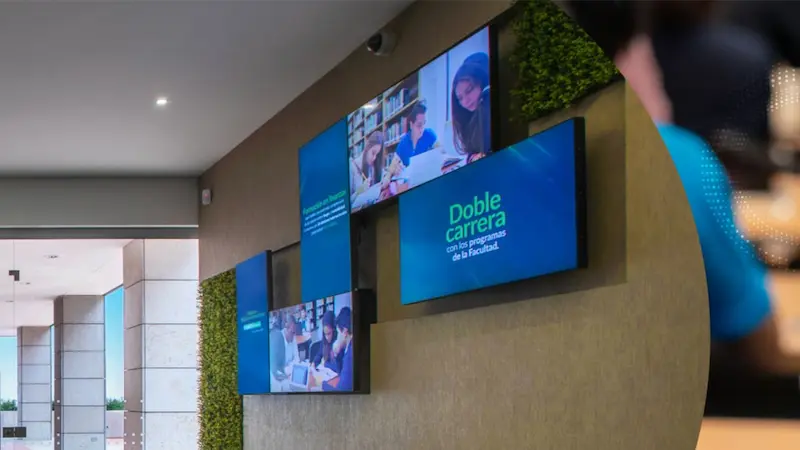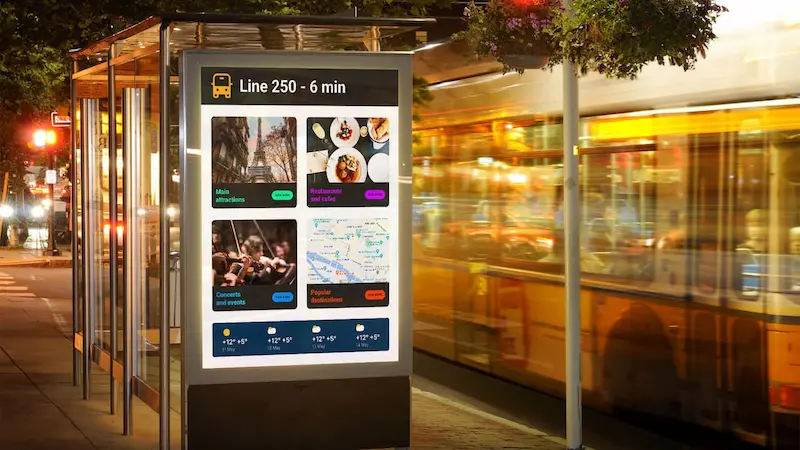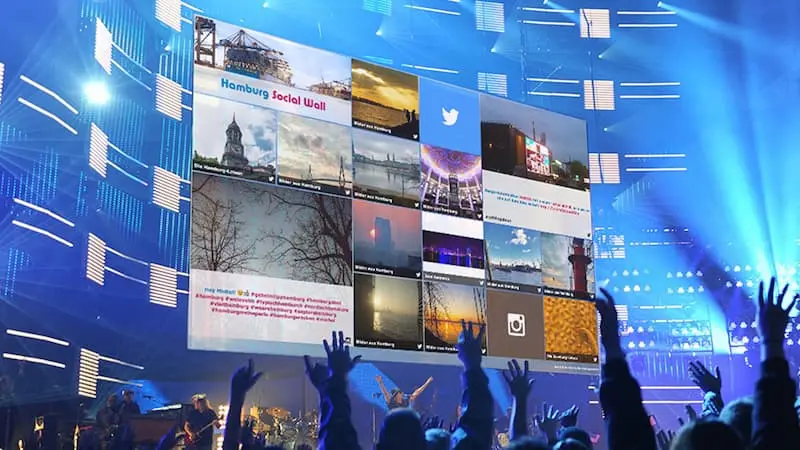
Table of Content
While it may seem like coming up with a media plan is all about choosing the right platforms and placing ads effectively, the process is a bit more intricate. It requires an in-depth understanding of audience behaviors, navigating a media landscape that is constantly changing, balancing budgets with goals, and measuring performance across platforms to ensure a return on investment.
Even if you’re launching a new product, rebranding an existing one, or simply trying to maintain a strong market presence, every decision in media planning counts.
What Is a Media Plan?
A media plan is a strategic roadmap designed to ensure that advertising efforts reach the desired audience in the most effective way possible. As the lines between traditional and digital media continue to blur, an effective media plan is about timing, context, and relevance. For instance, why advertise on a radio morning show when data suggests your target demographic listens to podcasts during their evening workouts?
Your media plan should lay down specific considerations that ensure your brand messaging doesn’t just cast a wide net but reaches the intended audience. It should address the following factors:
- The primary goal of your advertising campaign
- The target audience; demographics, psychographics, behavioral patterns, etc.
- The channels to use based on your audiences’ media consumption habits
- Budget allocation across the chosen channels
- Tracking and metrics to measure ad performance
Market Research and Analysis

Without market research, a media plan is like navigating unfamiliar terrain blindfolded. You need it to help you pinpoint precisely where your audience is, what they want, and how best to speak to them.
It starts with:
Gathering Data on The Target Audience
The behaviors and preferences of your target audience are dynamic; you can’t appeal to everyone the same way. That is why you need to supplement demographic data with direct surveys that focus on the specific needs and interests of each segment.
It’s also essential to create a “media plan persona” that goes into specifics such as the audiences’s preferred media platforms, prime content consumption times, the type of content they engage with, and their responsiveness to different advertising formats.
Unlike a buyer persona that focuses on the “why” of purchasing decisions, such as pain points, purchasing behavior, etc. a media plan focuses on the “how” of reaching and engaging that buyer through media channels.
Competitor Analysis
Always begin by painting a clear picture of your competitors' media strategies. This involves understanding where they place their ads, the platforms they prioritize, and the nature of their messaging. Are they leaning more towards digital, or is there a noticeable footprint in traditional media?
Doing this will allow you to pinpoint gaps and opportunities or validate the effectiveness of certain channels. The goal here isn’t to mimic but to comprehend, differentiate, and strategically innovate your media plan based on solid data and informed observations.
Industry Trends Assessment
Consumption patterns are constantly changing. Consumers are gravitating towards on-demand content, with platforms like podcasts and streaming services overshadowing traditional media. This shift not only indicates where audiences are today but also hints at the trajectory of future trends. So, it’s crucial to stay current by monitoring audience engagement rates, platform growth, and content consumption patterns to come up with a responsive media plan.
Media Channel Selection
Traditional vs. Digital Media
Try not to approach media selection with an either-or mindset. Both traditional and digital media have their own merits depending on the target audience, goals, and geographic focus. Digital media offers unparalleled targeting and instantaneous feedback, while traditional channels such as TV or radio provide a broader reach in regions with limited digital penetration.
Platforms and Placement
- Social Media Advertising
As of now, there are a total of 4.89 billion people using social media platforms worldwide. Beyond sponsored posts or stories, social media platforms have a feature where a curated stream of content(posts, stories, tags) can showcase during live events or on websites.
The Instagram wall for instance provides a dynamic and engaging way to merge user-generated content with brand promotions. Influencers are also becoming media channels in their own right and planning collaborations can drive organic engagement.
- Online Display Ads
Not every ad format is your golden ticket. It’s a wild chase to win over every viewer, and honestly, it’s not the best use of your resources. You can instead tap into AI and real-time analytics to foresee which ad styles will truly click with your audience. With the popularity of ad-blockers, you need to be there without being “in the face” of your audience. Rich media content like immersive video ads might be preferable over static banners.
- Digital Signage and TV
Digital signage is a dynamic tool for real-time engagement with the capability to schedule to the screen, ensuring that content displays at optimal times for maximum visibility. Our digital signage software has a social media feed feature that allows you to swiftly update content to match market trends or current events.
This way, you’re able to harness real-time data to ensure that every display hits its mark. While still on that, it’s important to mention that traditional TV is still significant, research shows that 5.36 billion people still engage with television content. For instance, emotionally driven ads that require a deeper storytelling element can do well on TV.
Setting Objectives and KPIs

SMART Objectives
Specificity is key while setting objectives in media planning. Instead of broad goals, narrow them down. Instead of targeting ‘increased engagement’, aim for ‘boosting engagement from organic search by 15%’. This allows you to harness the insights you gained from past campaigns and your latest market research.
Key Performance Indicators (KPIs)
Using the right metrics matters. You need to use KPIs that truly resonate with your objectives and offer real-time actional insights. For instance, instead of tracking ‘website visits’, consider measuring ‘visits from referral traffic’ if collaboration is a significant part of your strategy. You can integrate AI-driven analytics tools that offer predictive insights to ensure that you’re not just reacting to KPIs but also proactively steering your campaign based on them.
Budgeting and Allocation
Determining the Media Budget
First things first, how much can you set aside for your media campaign? Take a look at your overall marketing funds. The default might be to allocate funds based on the success or failure of past campaigns but looking into the future is also essential.
You need to anticipate market changes, inflation rates affecting advertising costs, and possible shifts in media consumption habits. For instance, if there's an upcoming major event, like the Olympics, it could drive up ad prices on certain platforms. On the other hand, new platforms or technologies may offer promotional rates that you can capitalize on.
Allocation Strategies
Consider optimizing your media spend beyond the obvious choices. There’s dayparting, where you schedule ads for times when your target market is most active, potentially lowering costs. Revisit underutilized platforms; sometimes, a lesser-used channel might offer better engagement at a lower price point.
Campaign Execution and Monitoring
Campaign Implementation
Contextual relevance is of significance at this point; even the most aesthetically stunning ad can fall flat if placed in a mismatched context. Target platforms that your intended audience frequents and also consider emerging platforms that might provide a competitive edge.
Modern consumers have content at their fingertips, so originality and value matter. Our layout designer is the best bet for your digital signage advertising. It has customizable layouts to ensure adaptability across different screen sizes and resolutions which you can infuse with your brand's voice to create outstanding content.
Ongoing Monitoring
Monitoring in media planning is about analyzing and adapting. Using real-time analytics, you can track how your campaign is performing to identify what's working and what isn't. If certain aspects aren't achieving the desired results, you can make the necessary changes.
This could mean tweaking content, re-evaluating platform choices, or adjusting your ad placements. The key is to stay proactive, making informed adjustments to ensure your campaign remains effective and meets its objectives.
Evaluation and Optimization
Post-Campaign Analysis
Once a campaign concludes, a thorough analysis is essential to assess the achieved results against the set objectives. Look into metrics, from click-through rates to engagement durations, and understand the reasons behind the numbers. Were the chosen platforms effective? Did the content resonate? Answers to these questions offer invaluable insights and potential areas for improvement.
Continuous Improvement
Media planning requires regular updates. Review metrics after every campaign to identify strengths and weaknesses. Utilize feedback to refine content and placement strategies. Test different ad formats and placements periodically, and always be open to incorporating new tools or platforms that offer better engagement or efficiency. Prioritize data-driven decisions to ensure consistent growth and effectiveness in your campaigns.
Enhance Your Media Plan With Digital Signage
Now that we have the key factors of an effective media plan laid out, here’s another thing to remember: staying ahead of the curve is essential and digital signage can help you achieve that. As you strategize your ad placement, think about the difference between a billboard and a live, reactive display. Which one is your audience likely to remember?
If a digital signage campaign is on the plan, our Look CMS has an advanced scheduling feature to ensure that your content hits the mark every time without constant oversight. If you require assistance with getting started with digital signage, feel free to contact our support team at any time.







